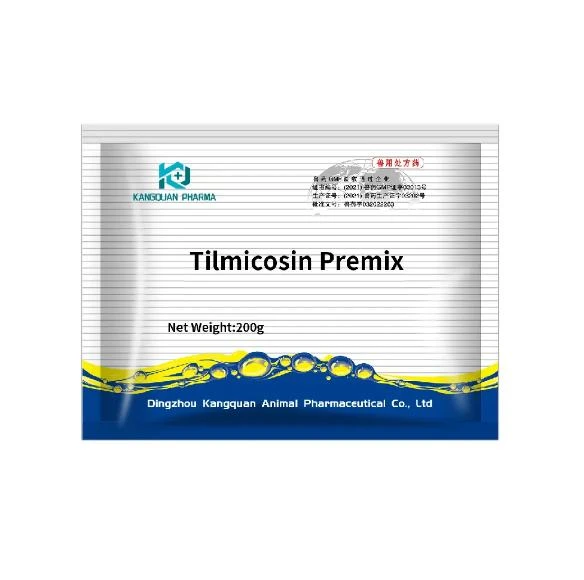- Afrikaans
- Albanian
- Amharic
- Arabic
- Armenian
- Azerbaijani
- Basque
- Belarusian
- Bengali
- Bosnian
- Bulgarian
- Catalan
- Cebuano
- Corsican
- Croatian
- Czech
- Danish
- Dutch
- English
- Esperanto
- Estonian
- Finnish
- French
- Frisian
- Galician
- Georgian
- German
- Greek
- Gujarati
- Haitian Creole
- hausa
- hawaiian
- Hebrew
- Hindi
- Miao
- Hungarian
- Icelandic
- igbo
- Indonesian
- irish
- Italian
- Japanese
- Javanese
- Kannada
- kazakh
- Khmer
- Rwandese
- Korean
- Kurdish
- Kyrgyz
- Lao
- Latin
- Latvian
- Lithuanian
- Luxembourgish
- Macedonian
- Malgashi
- Malay
- Malayalam
- Maltese
- Maori
- Marathi
- Mongolian
- Myanmar
- Nepali
- Norwegian
- Norwegian
- Occitan
- Pashto
- Persian
- Polish
- Portuguese
- Punjabi
- Romanian
- Russian
- Samoan
- Scottish Gaelic
- Serbian
- Sesotho
- Shona
- Sindhi
- Sinhala
- Slovak
- Slovenian
- Somali
- Spanish
- Sundanese
- Swahili
- Swedish
- Tagalog
- Tajik
- Tamil
- Tatar
- Telugu
- Thai
- Turkish
- Turkmen
- Ukrainian
- Urdu
- Uighur
- Uzbek
- Vietnamese
- Welsh
- Bantu
- Yiddish
- Yoruba
- Zulu
Sep . 05, 2024 19:37 Back to list
Oxytetracycline Injection for Animals - Veterinary Antibiotic Solution
Oxytetracycline Injection for Animals A Comprehensive Overview
Oxytetracycline is a broad-spectrum antibiotic that has been extensively used in veterinary medicine since its introduction in the late 1950s
. Part of the tetracycline class of antibiotics, oxytetracycline is effective against a wide array of gram-positive and gram-negative bacteria, making it a critical tool in the treatment of various infections in animals.One of the primary uses of oxytetracycline injection is in the treatment of respiratory infections, particularly in livestock such as cattle, swine, and poultry. These infections can be caused by pathogens like Mycoplasma spp. and Pasteurella multocida, which can lead to serious health complications and economic losses in animal farming. Administering oxytetracycline can help control and eliminate these infections, ultimately improving animal health and productivity.
In addition to respiratory diseases, oxytetracycline is also indicated for skin infections, urinary tract infections, and certain gastrointestinal infections in animals. Its anti-inflammatory properties contribute to its effectiveness in alleviating symptoms associated with these conditions. Moreover, oxytetracycline has been used in the treatment of more severe conditions, such as leptospirosis and certain zoonotic infections, highlighting its utility in diverse veterinary settings.
oxytetracycline injection for animals

The administration of oxytetracycline is typically done via intramuscular or intravenous injection, allowing for rapid absorption and distribution throughout the animal’s system. However, it's essential to adhere to proper dosage guidelines and veterinary recommendations when using this antibiotic to minimize the risk of developing antibiotic-resistant bacteria.
One of the important concerns surrounding the use of oxytetracycline in animals is the potential for antibiotic residues in animal products, such as meat and milk. Regulatory agencies have established stringent withdrawal periods, which are the timeframes that must elapse between the last administration of the drug and the time the animal can be safely slaughtered or milked. Adhering to these guidelines is critical to ensure consumer safety and public health.
In recent years, the use of antibiotics in animal agriculture has come under scrutiny due to increasing concerns about antibiotic resistance. As a result, many veterinarians and farmers are revisiting their antibiotic usage protocols. Promoting responsible use of oxytetracycline involves ensuring that it is used only when necessary, following culture and sensitivity testing whenever possible, and implementing good husbandry practices to reduce disease incidence.
In conclusion, oxytetracycline injection serves as a vital therapeutic option in veterinary medicine, particularly for treating bacterial infections in livestock and pets. While it plays a crucial role in enhancing animal health and productivity, responsible use is paramount to mitigate antibiotic resistance and safeguard public health. Ongoing education and adherence to veterinary guidelines will ensure that the benefits of oxytetracycline can be realized while minimizing its potential risks. As veterinary practices evolve and new treatments become available, it will be essential to continue monitoring the effectiveness and safety of oxytetracycline in animal care.
-
Guide to Oxytetracycline Injection
NewsMar.27,2025
-
Guide to Colistin Sulphate
NewsMar.27,2025
-
Gentamicin Sulfate: Uses, Price, And Key Information
NewsMar.27,2025
-
Enrofloxacin Injection: Uses, Price, And Supplier Information
NewsMar.27,2025
-
Dexamethasone Sodium Phosphate Injection: Uses, Price, And Key Information
NewsMar.27,2025
-
Albendazole Tablet: Uses, Dosage, Cost, And Key Information
NewsMar.27,2025













